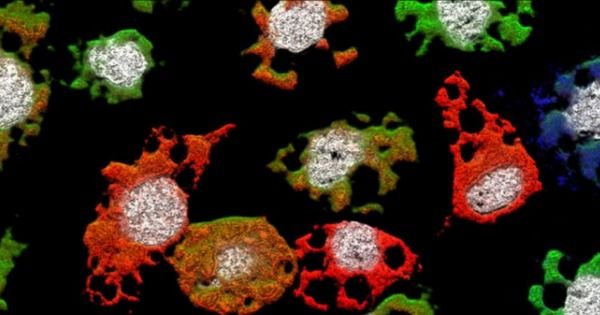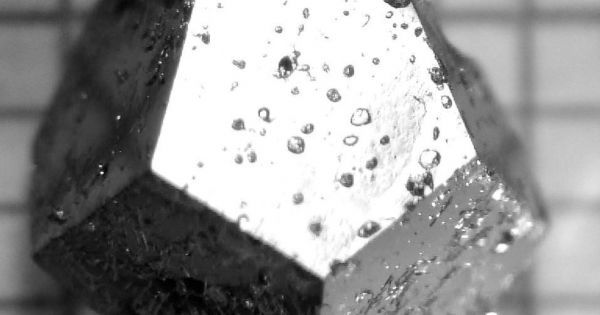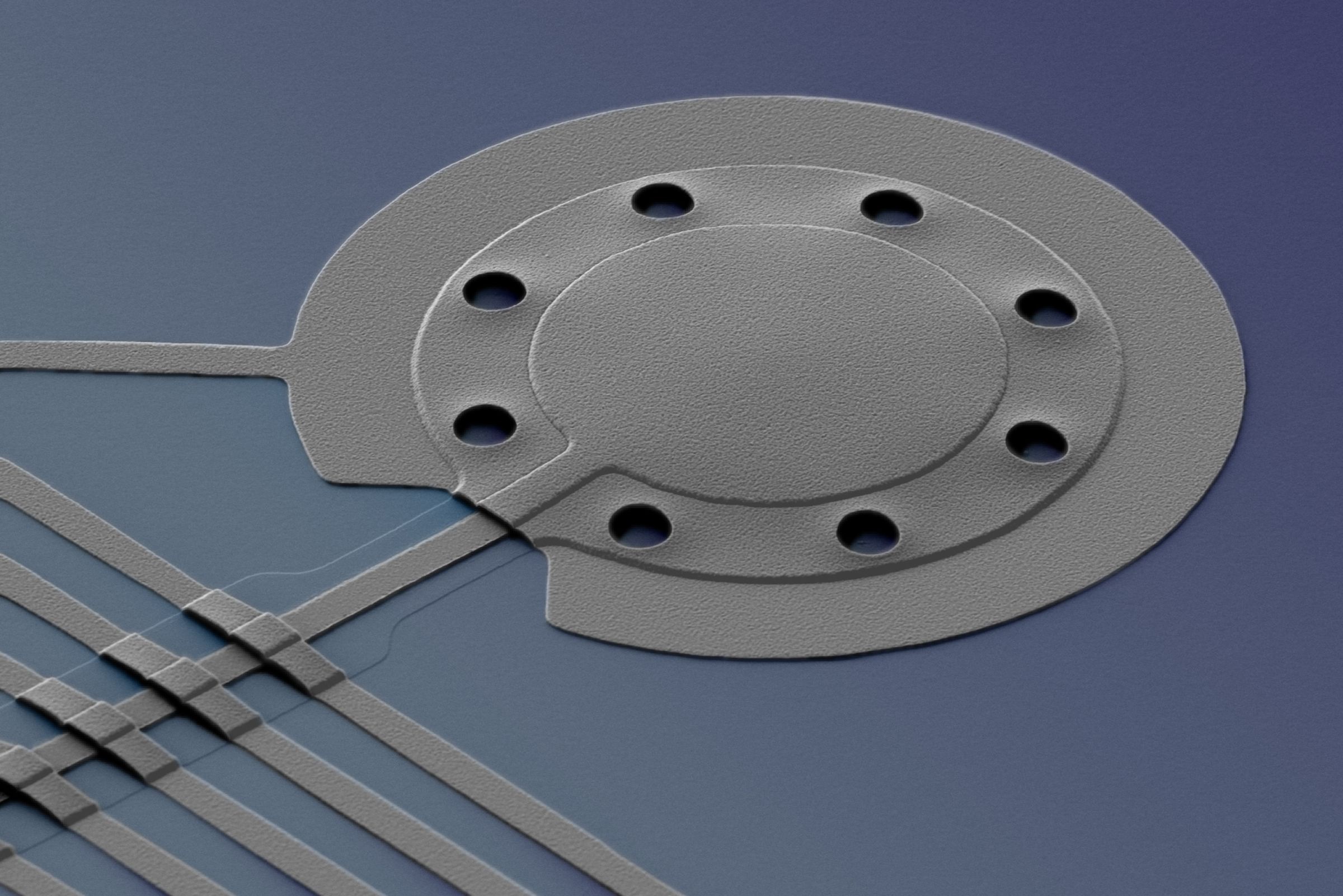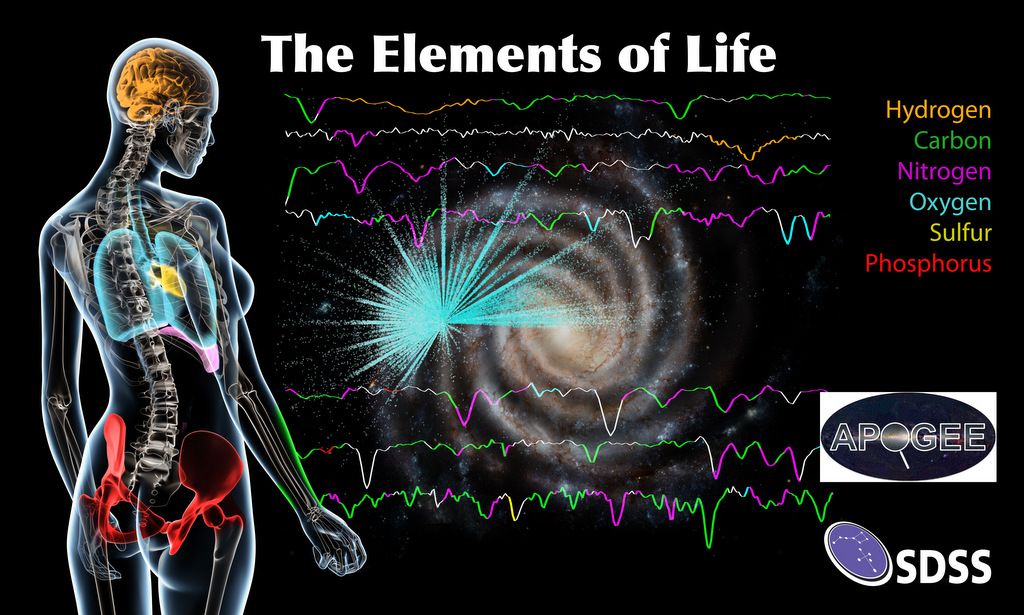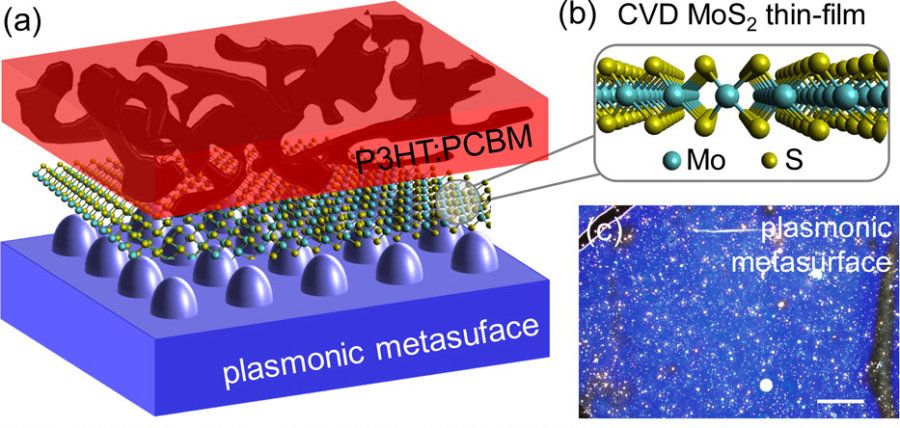Physicists at Princeton University have revealed a device they’ve created that will allow a single electron to transfer its quantum information to a photon. This is a revolutionary breakthrough for the team as it gets them one step closer to producing the ultimate quantum computer. The device is the result of five years worth of research and could accelerate the world of quantum computing no end.
Category: particle physics – Page 540
In Brief A multicomponent virus is divided into a number of different pieces. In this respect, each one is packaged separately into a viral particle. One particle of each type is needed for cell infection. And there’s a new one impacting animals.
A new type of virus has been identified, and it’s so weird, it’s challenging long-held notions of what it takes for a virus to infect and proliferate in an animal host.
Conventional wisdom states that if a single virus manages to insert its genes into a cell, the host becomes infected. But what if you chopped up that virus, and tried stuffing the pieces into an animal cell separately? It wouldn’t work, right?
In Brief
- Just a few micrometers in diameter, this quasicrystal is the third to be found in this particular meteorite, but it differs from the other two in both structure and chemical composition.
- While many applications have been discovered for synthetic quasicrystals, the rarity of naturally occurring ones has made them difficult to study.
A team led by Luca Bindi, a geologist from the University of Florence, has found an ultra-rare quasicrystal just a few micrometres wide in a meteorite that landed in Russia five years ago. The discovery has been detailed in Scientific Reports.
Two other quasicrystals have already been discovered in this particular meteorite, but the latest is different from its predecessors in both structure and chemical composition. This new quasicrystal is composed of aluminum, copper, and iron atoms structured in an arrangement very similar to the pentagon-based pattern of a soccer ball, a first of its kind in nature.
Nice.
A sophisticated cooling technique — using lasers to cool individual atoms — was demonstrated at the National Institute of Standards in Technology in 1978, and is now used in a wide array of precise applications, such as atomic clocks. Using the same principle, NIST physicists have now “cooled a mechanical object to a temperature lower than previously thought possible,” passing the so-called “quantum limit” which imposes limits on accuracy for quantum scale measurements.
Described in a paper titled “Sideband cooling beyond the quantum backaction limit with squeezed light,” published Thursday in the journal Nature, the technique could theoretically be used to cool objects to absolute zero, when matter exhibits almost no energy or motion.
The researchers took a microscopic mechanical aluminum drum — diameter of 20 micrometers and thickness of 100 nanometers — and put it in a superconducting circuit, which itself was placed inside an electromagnetic cavity. Microwave photons of “squeezed light” — the photons were purified, or stripped, of the unwanted fluctuations that could cause heating — were then used to create resonance in the cavity, which in turn caused the drum to beat. As the cavity filled up with photons, they leaked out, carrying with them phonons — mechanical units of energy — and thus lowering the total energy state of the drum to just a fifth of a single quantum of energy.
Novel structures exhibit highly directional emission and provide a template for site-controlled quantum dots and self-aligned nanophotonic cavities.
![]()
Semiconductor quantum dots (QDs) are thought to be a promising candidate for a single-quantum emitter in on-chip systems because of their well-developed growth and fabrication techniques. Semiconductor QDs, however, have a number of inherent limitations that need to be overcome before they can be used in practical applications. For example, QDs in semiconductors are strongly affected by elements (e.g., phonons) in the surrounding environment, which results in short nonradiative decay times and rapid dephasing processes. Despite the high intrinsic radiative decay rates of semiconductor QDs compared with those of other single-quantum emitters (such as atoms and ions), the radiative decay rate needs to be further increased so that these fast nonradiative and dephasing processes can be overcome. Furthermore, the collection efficiency of the light that is emitted from conventional QDs embedded in a high-index planar substrate is typically low (about 4%).
The University of Queensland Australia has done subsequent studies on time travel, its possibility aspects, and components. According to in-depth studies from the University, time travel is a possibility. The scientists used single particles of light photons to simulate quantum particles that travel through time. The study indicated that modern physics has strange aspects that were explained by Professor Timothy Ralph. Quantum particles are made up of fuzzy or uncertain components that make it possible for them to wiggle around and thus avoid inconsistent time travel situations. Therefore, nature behaves differently making the impossible possible.
Scientist Carl Sagan said many times that “we are star stuff,” from the nitrogen in our DNA, the calcium in our teeth, and the iron in our blood.
It is well known that most of the essential elements of life are truly made in the stars. Called the “CHNOPS elements” – carbon, hydrogen, nitrogen, oxygen, phosphorous, and sulfur – these are the building blocks of all life on Earth. Astronomers have now measured of all of the CHNOPS elements in 150,000 stars across the Milky Way, the first time such a large number of stars have been analyzed for these elements.
“For the first time, we can now study the distribution of elements across our Galaxy,” says Sten Hasselquist of New Mexico State University. “The elements we measure include the atoms that make up 97% of the mass of the human body.”
In the past decade, two-dimensional, 2D, materials have captured the fascination of a steadily increasing number of scientists. These materials, whose defining feature is having a thickness of only one to very few atoms, can be made of a variety of different elements or combinations thereof. Scientists’ enchantment with 2D materials began with Andre Geim and Konstantin Novoselov’s Nobel Prize winning experiment: creating a 2D material using a lump of graphite and common adhesive tape. This ingeniously simple experiment yielded an incredible material: graphene. This ultra-light material is roughly 200 times stronger than steel and is a superb conductor. Once scientists discovered that graphene had more impressive properties than its bulk component graphite, they decided to investigate other 2D materials to see if this was a universal property.
Christopher Petoukhoff, a Rutgers University graduate student working in the Femtosecond Spectroscopy Unit at the Okinawa Institute of Science and Technology Graduate University (OIST), studies a 2D material, made of molybdenum disulfide (MoS2). His research focuses on the 2D material’s optoelectronic applications, or how the material can detect and absorb light. Optoelectronics are ubiquitous in today’s world, from the photodetectors in automatic doors and hand dryers, to solar cells, to LED lights, but as anyone who has stood in front of an automatic sink desperately waving their hands around to get it to work will tell you, there is plenty of room for improvement. The 2D MoS2 is particularly interesting for use in photodetectors because of its capability of absorbing the same amount of light as 50nm of the currently used silicon-based technologies, while being 70 times thinner.
Petoukhoff, under the supervision of Professor Keshav Dani, seeks to improve optoelectronic devices by adding a 2D layer of MoS2 to an organic semiconductor, which has similar absorption strengths as MoS2. The theory behind using both materials is that the interaction between the MoS2 layer and the organic semiconductor should lead to efficient charge transfer. Petoukhoff’s research, published in ACS Nano, demonstrates for the first time that charge transfer between these two layers occurs at an ultra-fast timescale, on the order of less than 100 femtoseconds, or one tenth of one millionth of one millionth of a second.
Very interesting read. The researchers created a completely artificial microscopic transport system mimicking the human body. With this technology we’re going to be able to address many areas of healthcare as well as some areas of AI.
Inspired by micro-scale motions of nature, a group of researchers at the Indian Institute of Technology Madras and the Institute of Mathematical Sciences, in Chennai, India, has developed a new design for transporting colloidal particles, tiny cargo suspended in substances such as fluids or gels, more rapidly than is currently possible by diffusion.
Fluid friction determines micro-scale inertia in fluid. This means, for instance, blood cells swimming within blood encounter roughly the same amount of drag that a human would experience attempting to swim through molasses.
As the group reports in The Journal of Chemical Physics, from AIP Publishing, they applied and then extended a model of active filaments that includes these frictional hydrodynamic interactions, specifically as they relate to the speed and efficiency analysis of transporting colloidal particles.

